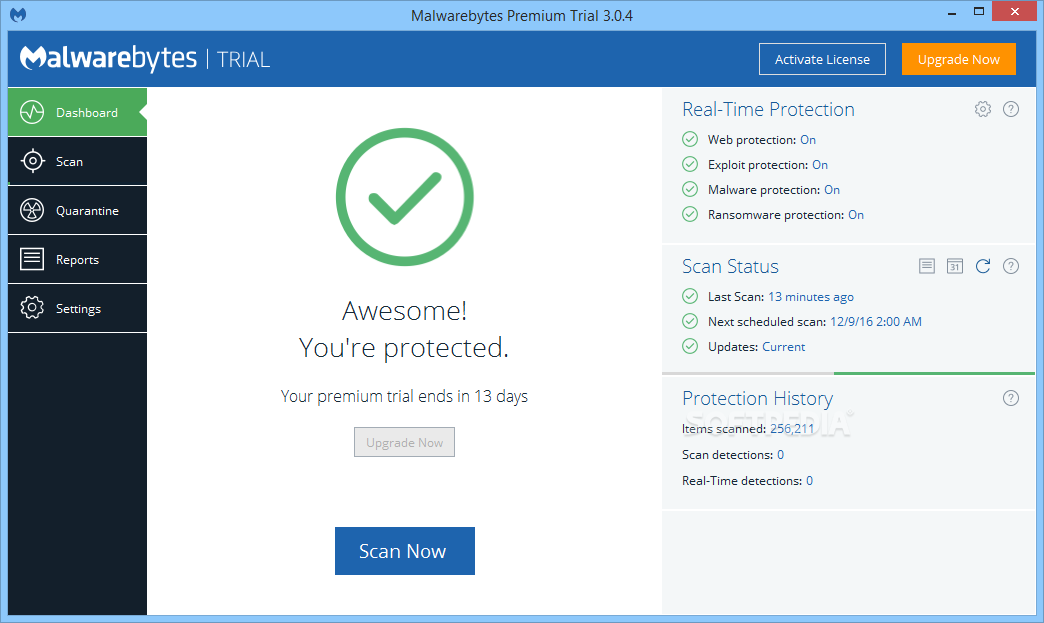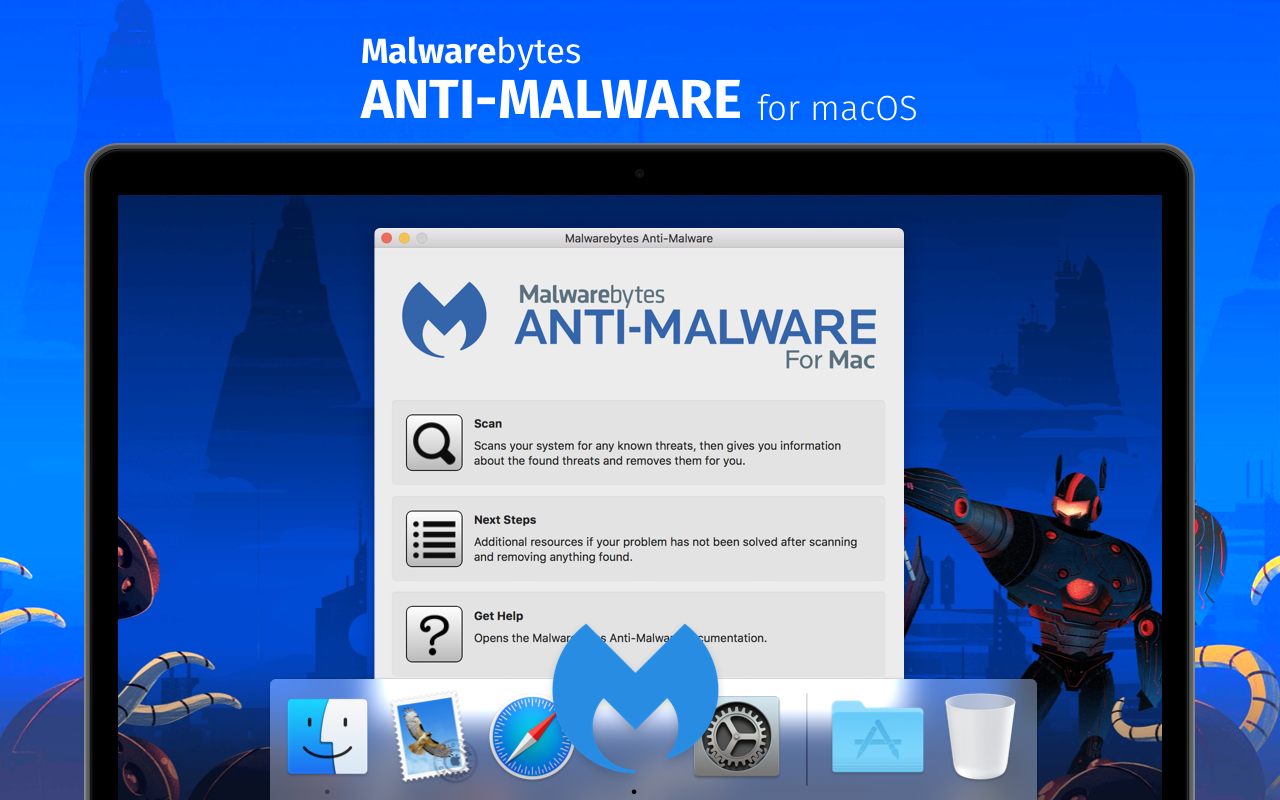

I also used to create mutual scan exclusions in both Norton and Malwarebytes to prevent any possible conflicts between the two programs (bjm_ has already posted a link to the Malwarebytes support article Malwarebytes for Windows Antivirus Exclusions List) but I only did that out of habit - I'm not sure creating those mutual scan exclusions was actually necessary.įor full disclosure, I should also mention that I purchased a few perpetual (lifetime) licenses for Malwarebytes Premium in 2009 (Malwarebytes stopped selling perpetual licenses in March 2014) so I don't have to pay an annual subscription fee each year to use Malwarebytes Premium on my computers. My system specs below show I now use Microsoft Defender as my primary antivirus and use Malwarebytes Premium for secondary protection. When that setting is OFF your Norton 360 will have the primary responsibility for malware detection and remediation and Malwarebytes Premium will essentially work as a "backup" to look for any potential threats missed by Norton. This ensures that Norton 360 (or whatever other antivirus you use for real-time protection) is registered with Windows as the main real-time antivirus. As bjm_ suggested, most Norton users who also have Malwarebytes Premium installed will turn OFF (disable) the Malwarebytes setting at Security | Windows Security Center | Always Register Malwarebytes in the Windows Security Center as shown below.

I no longer use Norton as my primary antivirus, but I ran Norton Security and Malwarebytes Premium together in real-time protection mode for several years without any major issues.

See the Malwarebytes support article Issues Running Other Security Applications and Malwarebytes for Windows which includes a list of third-party antivirus programs that use the Windows Filtering Platform (WFP) that could conflict with Malwarebyte Premium's real-time Web Protection feature.


 0 kommentar(er)
0 kommentar(er)
